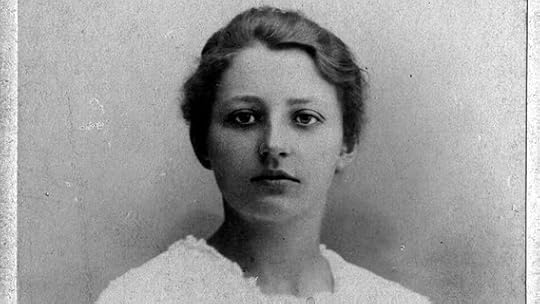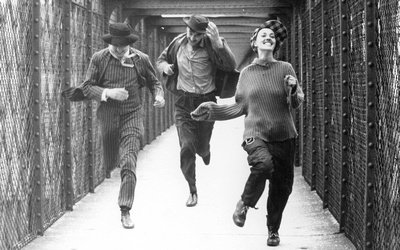What do you think?
Rate this book


192 pages, Paperback
First published January 1, 1953








"If you both wrote the story of your relationship - but wrote it separately and fully, you from your own irreducible point of view, Kate, and you from yours, Jim, and published them together, it would make a very unusual book."
"Maybe she's got to have warfare all the time, but I can't take it any more."



« Se si ama qualcuno, lo si ama così com'è. Non si desidera influenzarlo, perché, se ci riuscisse, non sarebbe più lui. Meglio rinunciare all'essere che si ama che cercare di modificarlo, con la pietà o la tirannia ».(p. 196)